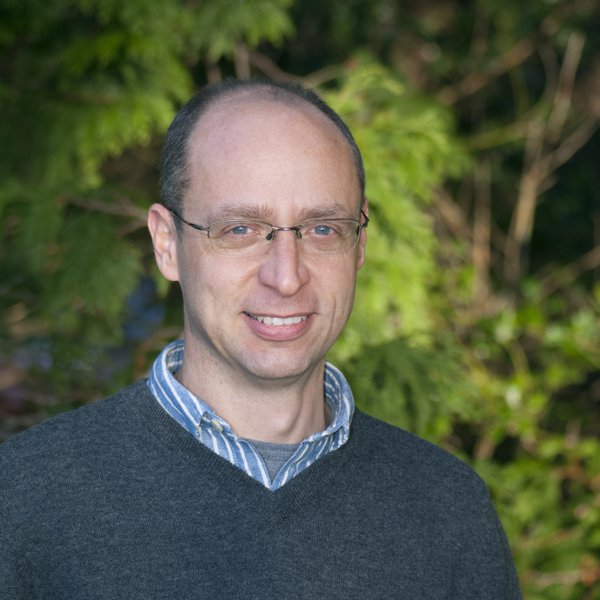Summary

This project aimed to explore the cultural values and meanings associated with the native Caledonian pine forests of Scotland, focusing on the Black Wood of Rannoch in Highland Perthshire.
Research objectives
- Conduct a series of workshops, public discussions and forest walks, facilitated by environmental artists, to explore the cultural values associated with the Black Wood, and how these are understood and expressed locally and nationally.
- Identify options for future management and public engagement that help realise the cultural and ecological value of the Black Wood and its wider cultural landscape.
- Produce a range of analytical and creative outputs, including reports, articles, blogs, maps, sculptures and videos, which could encourage discussion about the Black Wood and the Caledonian forest more generally.
Results
- Discussions about the management of native pinewoods have tended to take place within a relatively narrow community of land-owners, foresters and conservationists. Biodiversity values have often been prioritised in decision-making. Historically, this has protected sites like the Black Wood from destructive economic interests. However, it may have constrained the ways in which cultural benefits are understood, valued and experienced.
- Workshop participants reminded us that the forests are of national cultural importance: as a tangible embodiment of bio-cultural heritage; as a location for aesthetic and spiritual experiences and inspiration for artistic expression, and as places which people identify with and feel a sense of attachment and belonging. Despite this, public awareness is modest, and cultural representations of the forest are limited in the media, museums, galleries, libraries and botanic gardens across Scotland.
- The project helped to resolve tensions between local interests, who united around their opposition to any intrusive developments in the Black Wood. It demonstrated how an artist-led process can encourage ‘cultural ecosystem services’ to be explored more thoroughly and imaginatively than might be the case for a process led by ‘neutral’ facilitators.
Status
The project ran from January 2013 to May 2015.
Contact
Dr. David Edwards
Funders and partners
Partners: Collins & Goto Studio, Forest Research, Landscape Research Group, Forestry Commission Scotland, Perth and Kinross Countryside Trust.
Funders: Creative Scotland (Imagining Natural Scotland programme), Forest Research, Landscape Research Group and Forestry Commission Scotland.
To date, the project team has delivered a number of reports and other creative outputs, including the following:
Two-page Research Summary
Final report:
Collins, T., Goto, R. and Edwards, D. (2014). Future Forest: The Black Wood, Rannoch, Scotland. Landscape Research Group and Forest Research.(PDF-4602KB) 51pp
Book Chapters:
Collins, T., Goto, R. and Edwards, D. (2014). Future Forest: Caledonian Black Wood, Aware Access. pp 66-81 in: Griffith, D. (ed). Imagining Natural Scotland. Creative Scotland, Edinburgh, UK. 231 pp.
Edwards, D., Collins, T. and Goto, R. (in press). Does the conservation status of a Caledonian forest also indicate cultural ecosystem value? Springer. [Forthcoming book from the 1st UNESCO Conference on Biological and Cultural Diversity in Europe, held in Florence, Italy, April 2014]
Case study in a manual for decision-makers:
Kenter, J.O., Reed, M.S., Everard, M., Irvine, K.N., O’Brien, E., Molloy, C., Bryce, R., Brady, E., Christie, M., Church, A., Collins, T., Cooper, N., Davies, A., Edwards, D., Evely, A., Fazey, I., Goto, R., Hockley, N., Jobstvogt, N., Orchard-Webb, J., Ravenscroft, N., Ryan, A. and Watson. V. (2014). Shared, plural and cultural values: A handbook for decision makers. UK National Ecosystem Assessment follow-on phase. UNEP-WCMC, Cambridge, UK.
Artworks displayed at an exhibition ‘Sylva Caledonia’, and participation in a seminar series, as part of the Edinburgh International Science Festival, held at Summerhall, Edinburgh April and May 2015.

